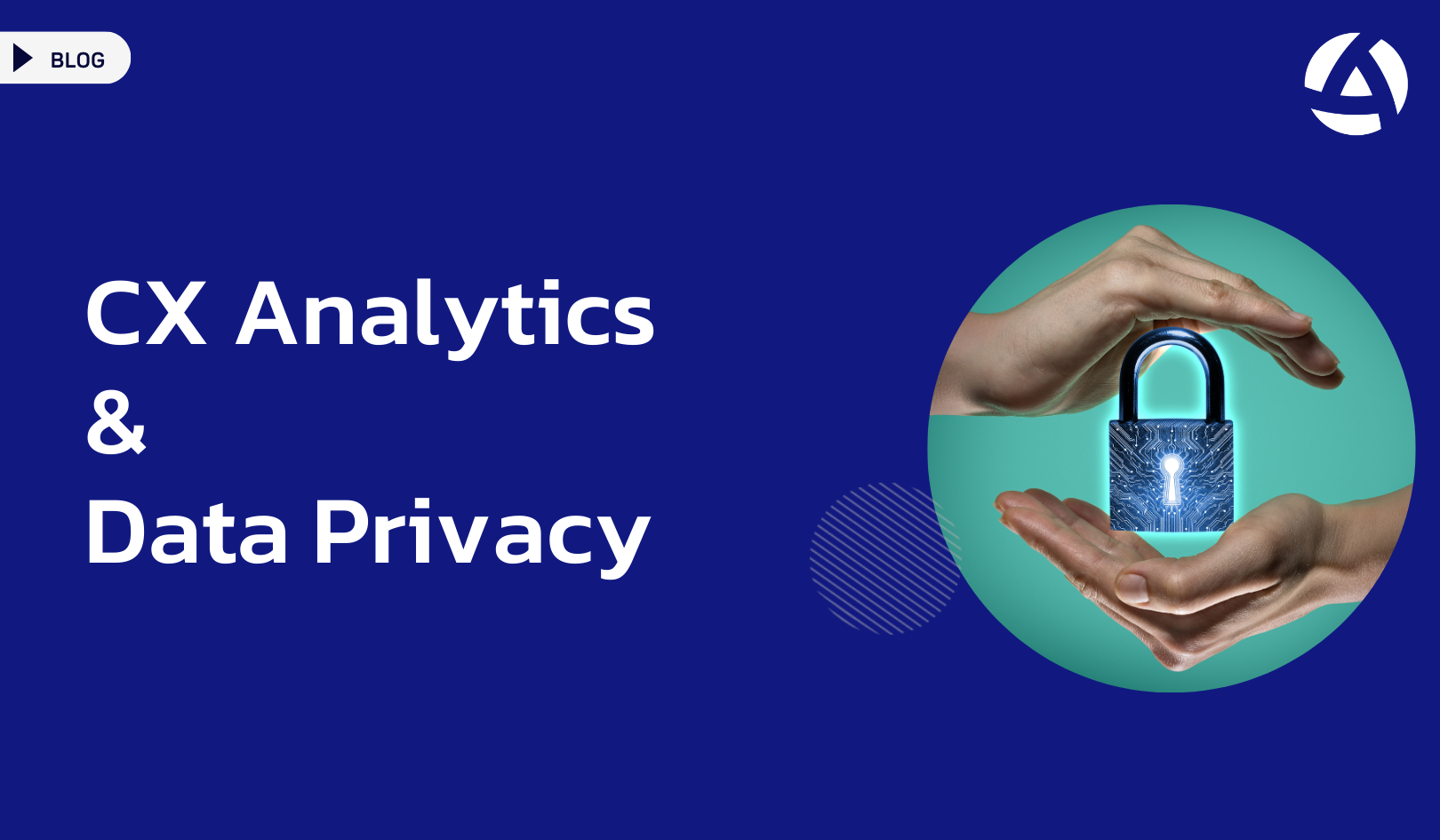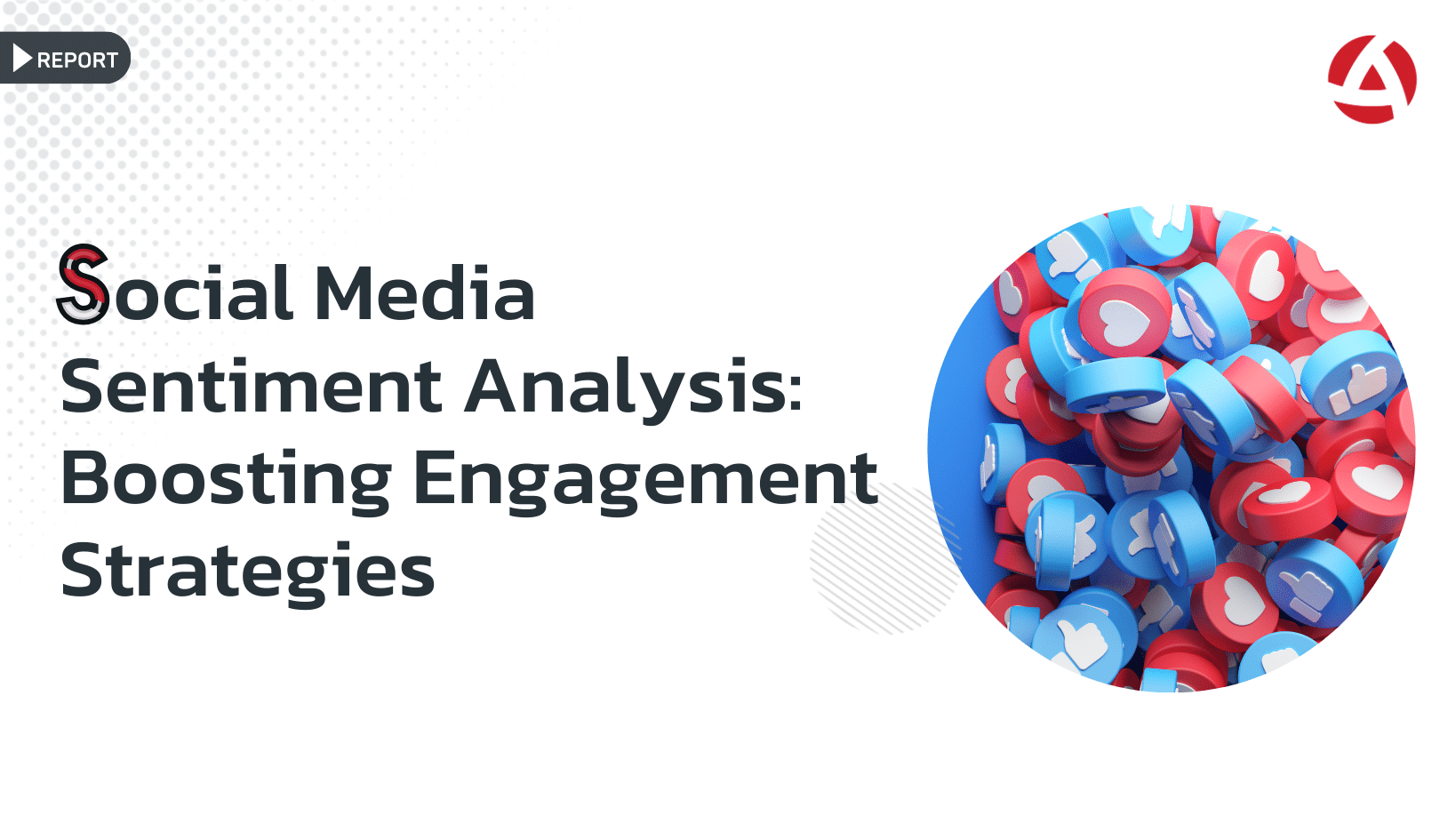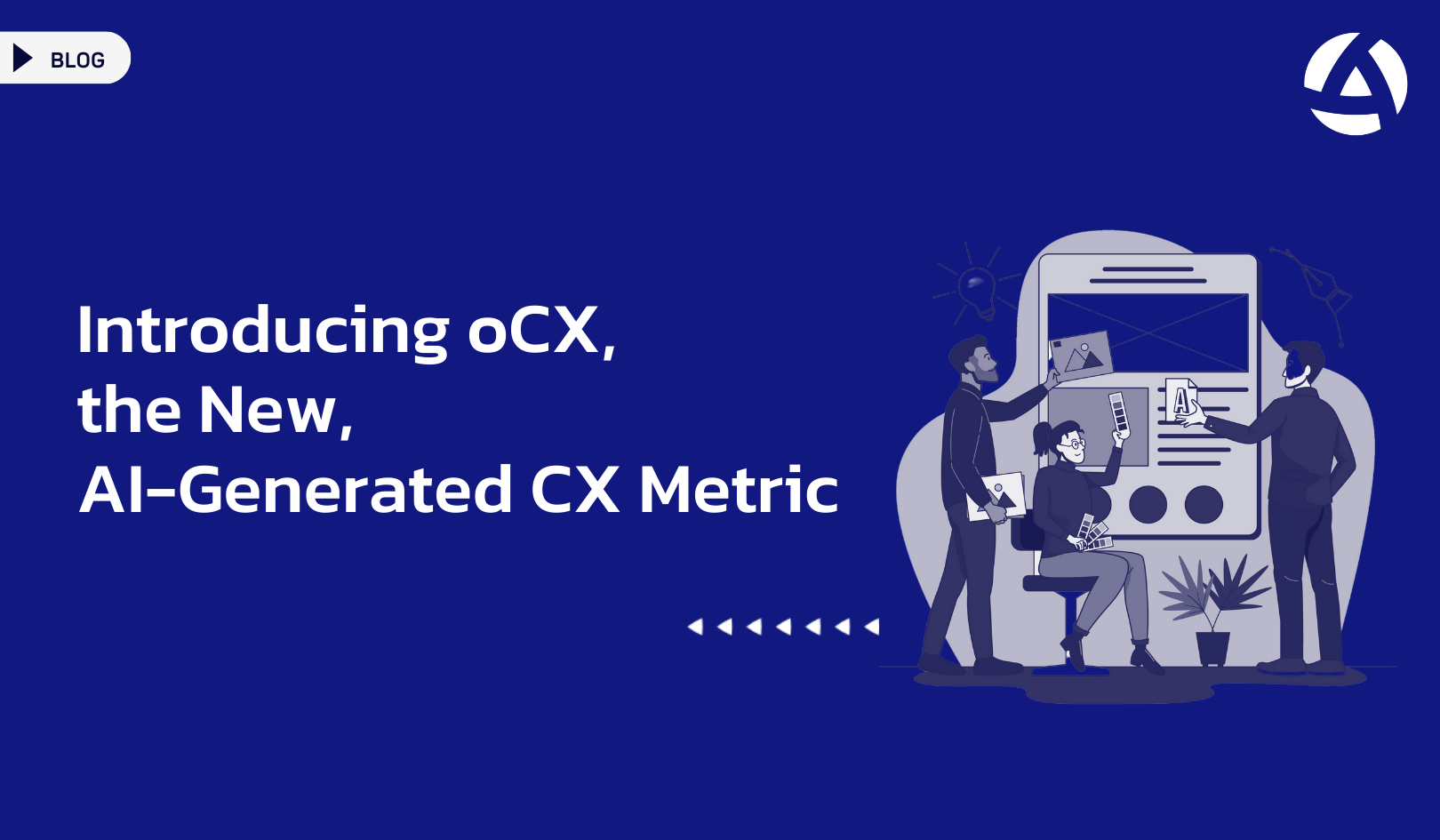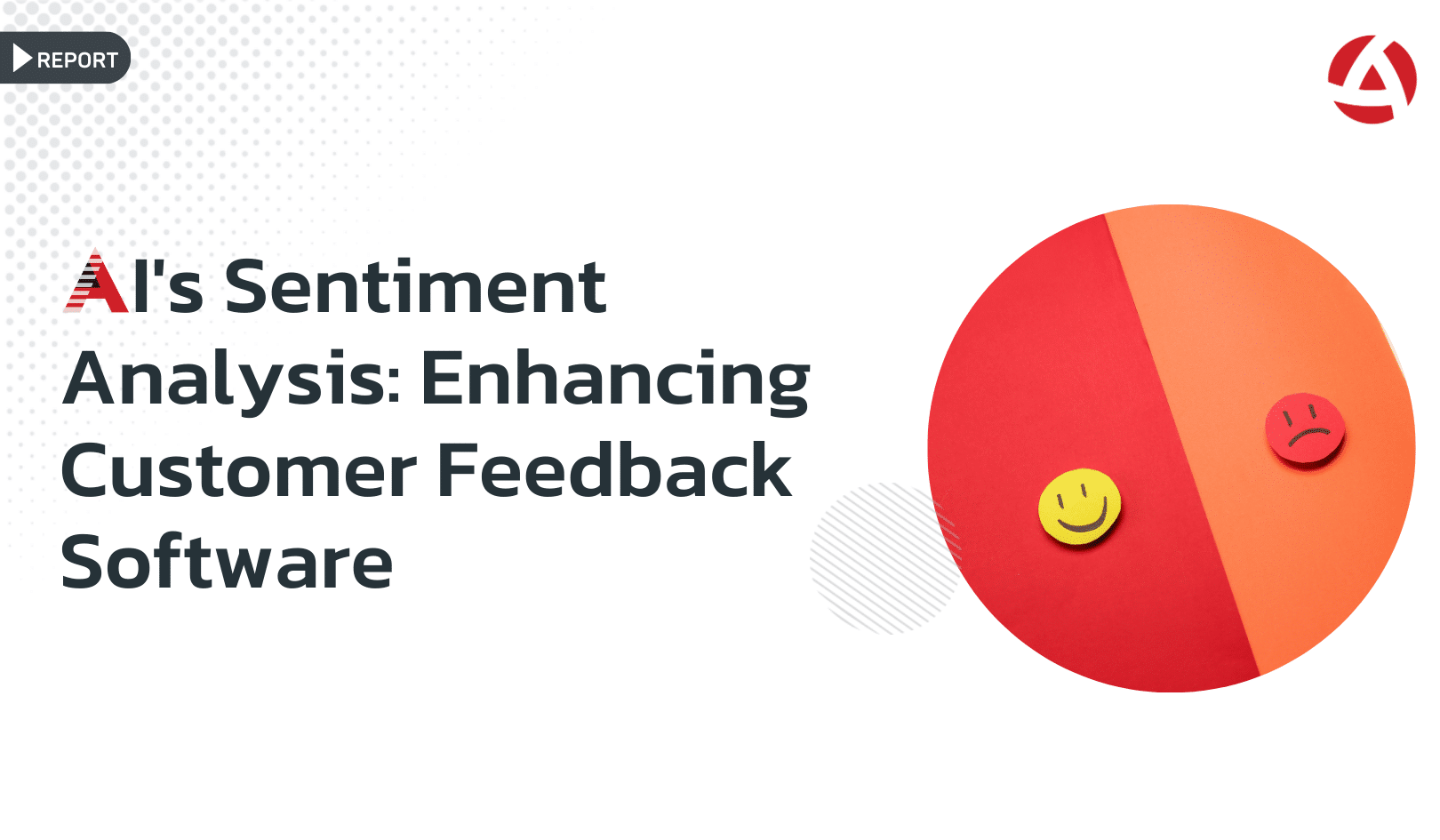In the digital era, where data is often referred to as the new oil, customer experience analytics play a crucial role in shaping business strategies. However, as the volume of data collected by businesses increases, so does the concern over privacy. Data privacy regulations like the General Data Protection Regulation (GDPR) in the EU and the California Consumer Privacy Act (CCPA) in the U.S. have set new benchmarks for data management. In 2024, understanding the impact of these regulations on customer experience analytics is vital for businesses aiming to comply with legal standards while still gaining valuable insights from their data.
Navigating the Legal Landscape
Data privacy regulations primarily aim to protect individual privacy rights and ensure data security across industries. This legal framework imposes several restrictions on how data can be collected, processed, and stored. Businesses must obtain explicit consent from individuals before collecting their data and ensure that the data is used strictly for the purposes stated at the time of collection. This shift requires businesses to be more transparent about their data practices, which can affect the scope and quality of data available for analytics.
Consent Management and Data Collection
The necessity for consent has prompted businesses to redesign their data collection methods. Customer experience analytics tools now often come equipped with built-in consent management features to help businesses comply with these regulations. This change means that companies must be more judicious about the data they collect, focusing on quality rather than quantity. While this can limit the breadth of data available, it enhances the relevance and accuracy of the insights generated.
The Impact on Personalization
One of the pillars of modern customer experience is personalized service, heavily reliant on analytics. Data privacy regulations have recalibrated the extent to which personalization can be ethically and legally pursued. Businesses must now balance their personalization efforts with compliance, ensuring that any personal data used to tailor customer experiences is handled with the utmost respect for privacy. This balancing act often leads to more innovative uses of anonymized and aggregated data, maintaining personalization’s efficacy without compromising individual privacy.
Anonymization and Pseudonymization
To comply with regulations while still gaining actionable insights, many companies have turned to data anonymization and pseudonymization techniques. These methods involve stripping personally identifiable information (PII) from the data sets or replacing them with artificial identifiers. This transformation allows businesses to continue performing robust analytics without directly linking data to any individual, thereby adhering to privacy laws.
The Role of Artificial Intelligence
AI and machine learning algorithms are increasingly at the forefront of navigating complex privacy landscapes. These technologies can help automate the compliance processes, identify privacy risks in data sets, and ensure that data handling practices adhere to regulations. Moreover, AI can enhance the analysis of anonymized data, extracting more profound insights without accessing direct personal identifiers.
Looking Ahead
As data privacy regulations continue to evolve, businesses must stay agile, continuously adapting their data practices and analytics strategies. The push towards more stringent privacy measures may initially seem like a hindrance to data-driven strategies, but it also encourages more responsible and innovative approaches to customer data analysis.
Conclusion
The impact of data privacy regulations on customer experience analytics is significant, pushing businesses to rethink their data strategies and innovate within defined legal boundaries. While the challenges are non-trivial, the benefits of enhanced consumer trust and compliance outweigh the complexities. For companies willing to invest in robust data
As a company, we at Alterna CX also recognize the importance of data privacy regulations and their impact on customer experience analytics. We strive to uphold the highest standards of data protection while leveraging innovative analytics solutions to provide valuable insights to our clients.
For further insights into the evolving landscape of data privacy regulations and their impact on customer experience analytics, we recommend exploring the resources provided by the International Association of Privacy Professionals (IAPP). Their comprehensive coverage of global privacy laws and best practices can offer valuable perspectives on navigating regulatory compliance while optimizing customer analytics strategies.
You can find their website here: International Association of Privacy Professionals (IAPP)
To learn more about Customer Experience Analytics check out our blog Beyond Metrics: The Impact of Customer Experience Analytics




